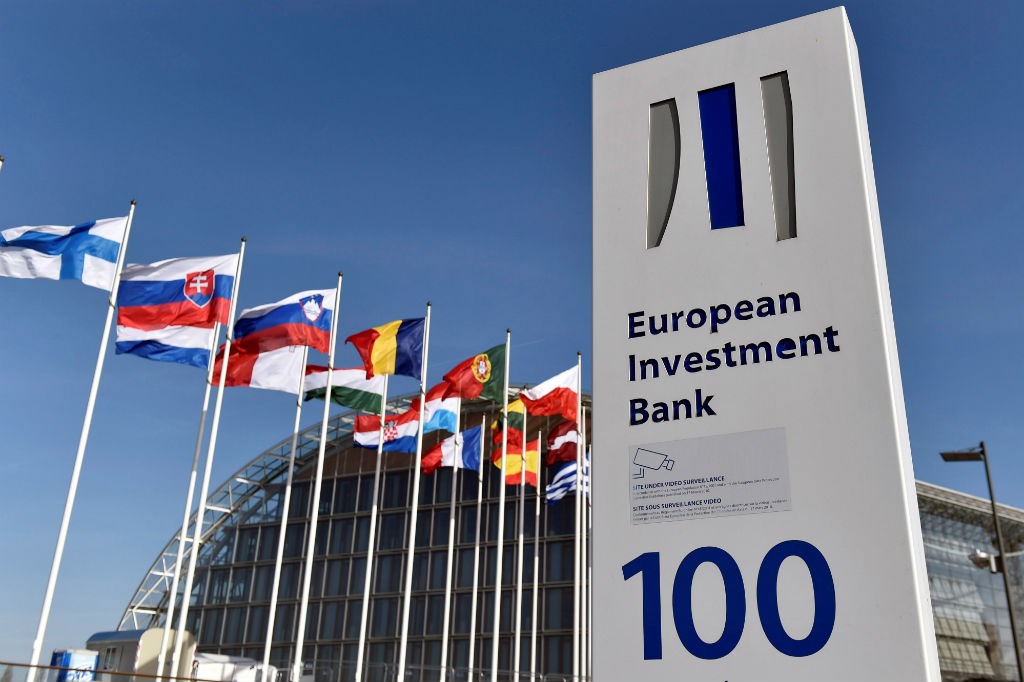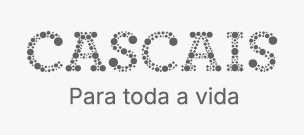
Functions: funding projects that contribute to the achievement of EU objectives, both within and outside the EU
President: Werner Hoyer
Board of Directors: composed of one member from each European Union country plus one from the European Commission
Created in 1958
Headquarters: Luxembourg
The European Investment Bank (EIB) is jointly owned by the EU countries. Its objectives are:
• Improving Europe's potential for employment and growth
• Support actions to mitigate climate change
• Promoting European policies outside the EU
What does the EIB do?
The EIB raises money on the capital markets and lends it on favorable terms to projects that support EU objectives. About 90% of the loans are granted for investments within the EU. None of the money lent by the EIB comes from the EU budget.
• The EIB offers 3 main types of products and services: Loans - about 90% of total financial commitments. The Bank lends to customers large and small to support growth and employment, and its support often contributes to attracting other investors.
• Mixed finance - allows customers to combine EIB financing with additional investment.
• Counseling and technical support so that the money is used in the best way.
Loans exceeding EUR 25 million are granted directly by the EIB. When it comes to smaller loans, the EIB opens lines of credit to financial institutions which, in turn, lend money to stakeholders.
Composition
All EU countries are shareholders in the EIB. Decisions are taken by the following bodies:
• The Board of Governors, made up of ministers (usually finance ministers) from all EU countries, outlines the broad lines of credit policy
• The Board of Directors, chaired by the President of the Bank, composed of 28 members appointed by the Member States and one by the European Commission, approves contracting and lending operations
• The Executive Committee, which is the executive body of the Bank and ensures its day-to-day
The Audit Committee shall verify that EIB operations are conducted correctly.
The Bank's services carry out management decisions.
How does the EIB work?
The EIB makes its borrowing and lending decisions based on the merits of the projects and the opportunities offered by the financial markets. Within the EU, the EIB has specific lending priorities. Outside the EU, it supports EU development and cooperation policies around the world.
As an independent body, the bank makes its own decisions on contracting and lending. The Bank cooperates with the other EU institutions, in particular the European Commission, the European Parliament and the EU Council.
The EIB and the citizens
If you run a company or work in the public sector and have a project that can contribute to the achievement of EU policy objectives, you may be eligible for an EIB loan. In order to apply for a loan, contact the EIB by e-mail, fill out an online form or contact its services, providing sufficient information to enable the Bank to assess whether your project meets the EIB's have a well-prepared business plan.























